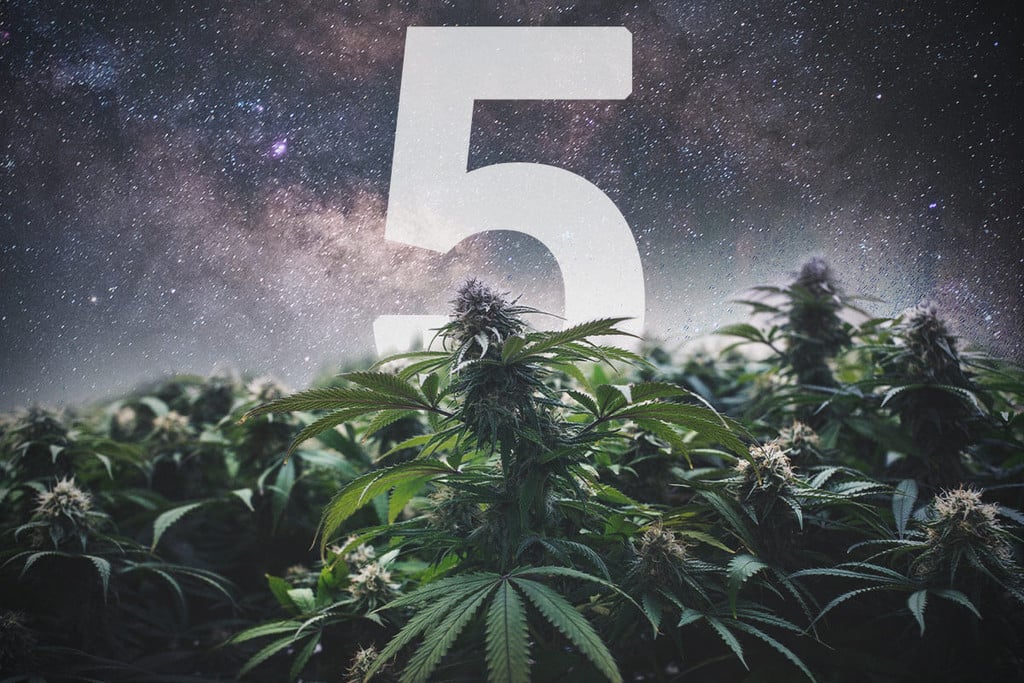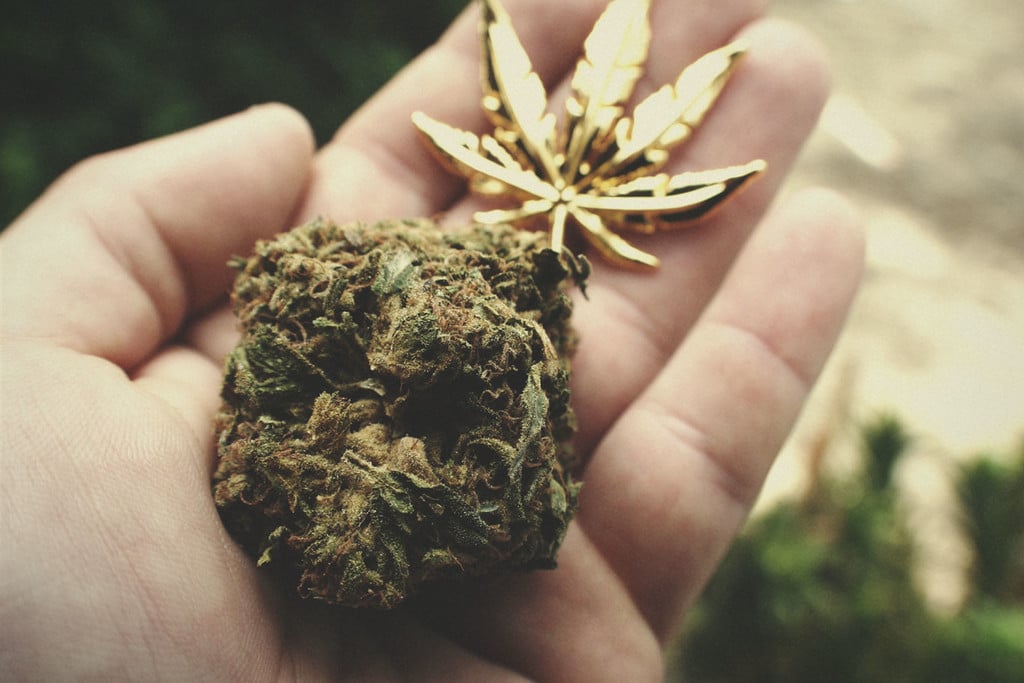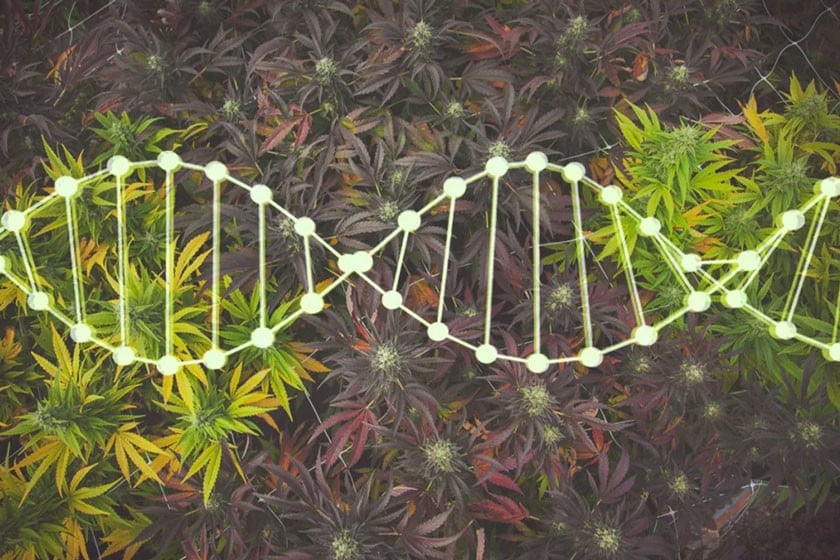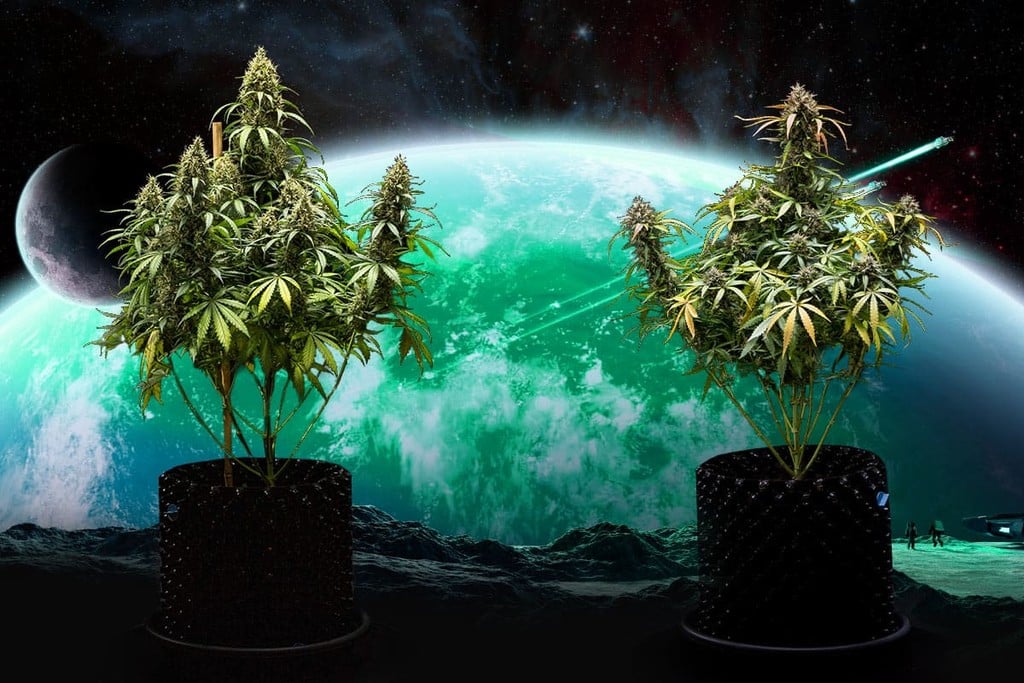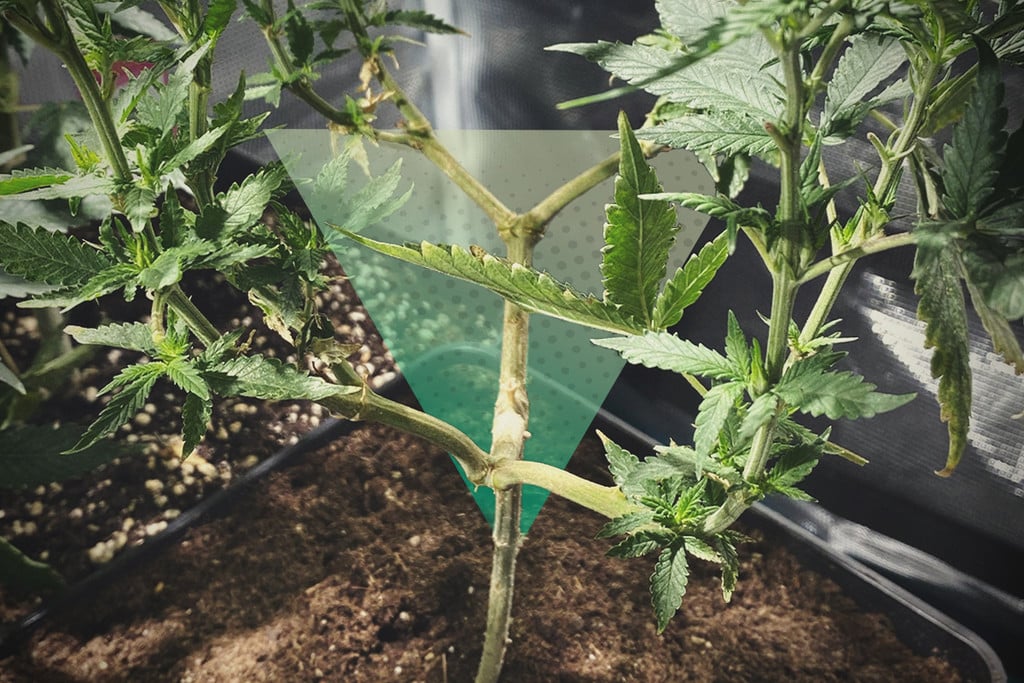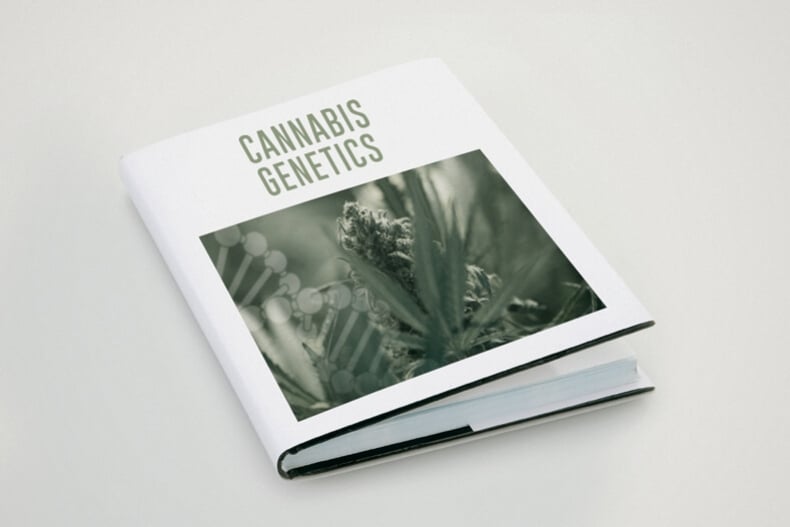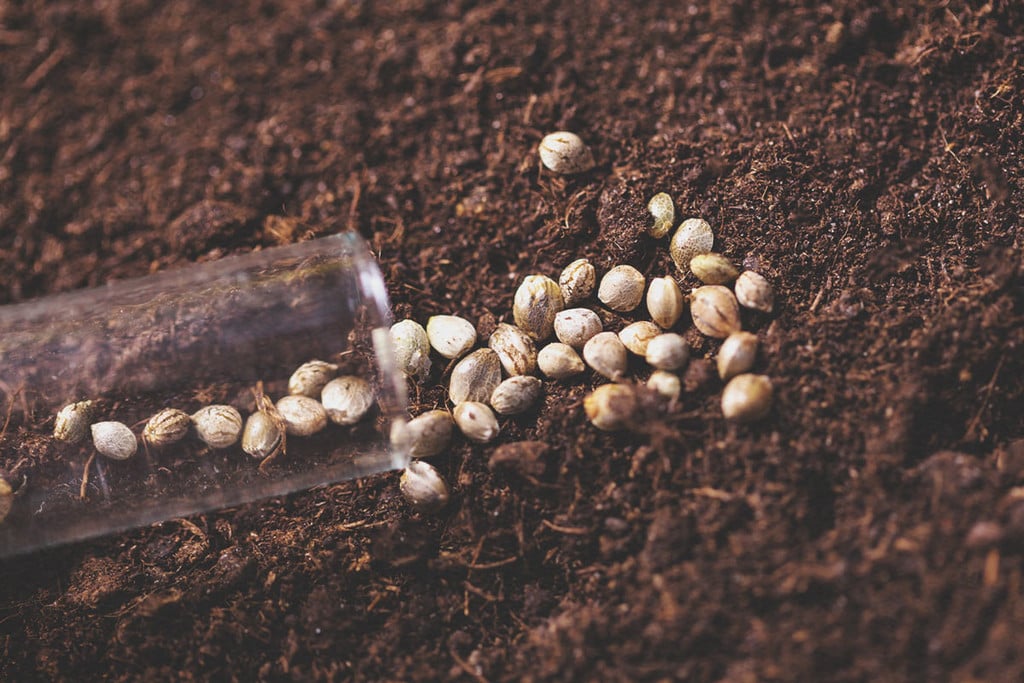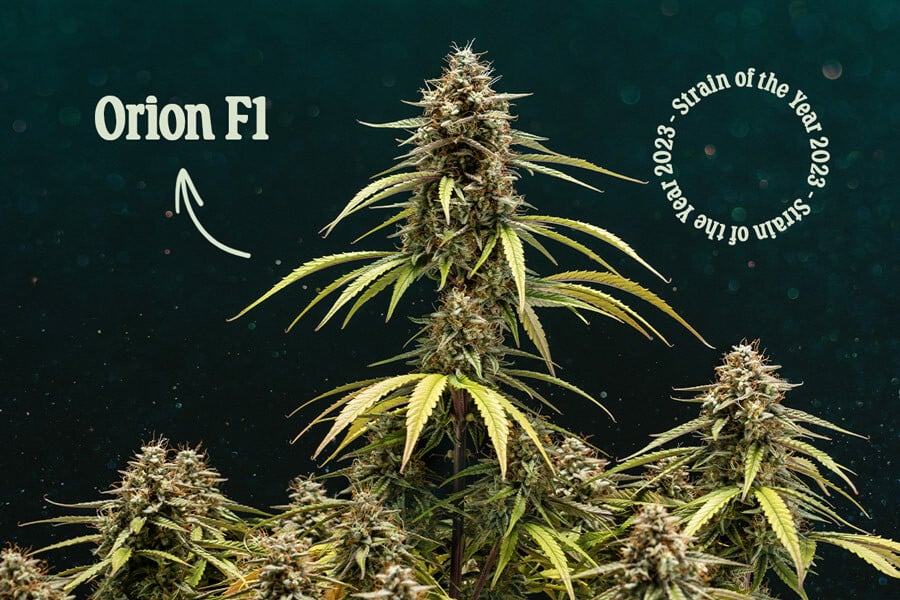.

What Are F1 Hybrid Cannabis Seeds?
Farmers have been using F1 hybrid genetics for decades to grow more uniform, resistant, and productive crops. Now, cannabis growers can grow true F1 hybrid cannabis seeds. These varieties are highly genetically stable, produce more cannabinoids, and exhibit larger yields. Find out everything you need to know about F1 hybrids.
What are F1 Hybrid Cannabis Seeds? How do they compare to other strains? And what makes them revolutionary within the world of weed? Below, you'll find out exactly how they're made, what benefits they offer, and why most growers likely won't go back to conventional strains after trying F1 hybrid cultivars.
Contents:
What Are F1 Hybrid Cannabis Seeds?
F1 hybrid cannabis seeds are created by crossing two different inbred parent lines obtained through generations of inbreeding. As a result, these varieties are more uniform than traditional cannabis strains, more resistant to unfavorable conditions, and produce larger yields. The term “F1” stands for “Filial 1”, which describes the first generation of progeny between two distinct inbred lines (IBLs). Unlike traditional cannabis strains, which tend to generate multiple phenotypes, F1 hybrids provide a consistent, reliable, and stable crop. The terms below will help you further understand the concept of F1 cannabis hybrids.
Homozygosity and Heterozygosity
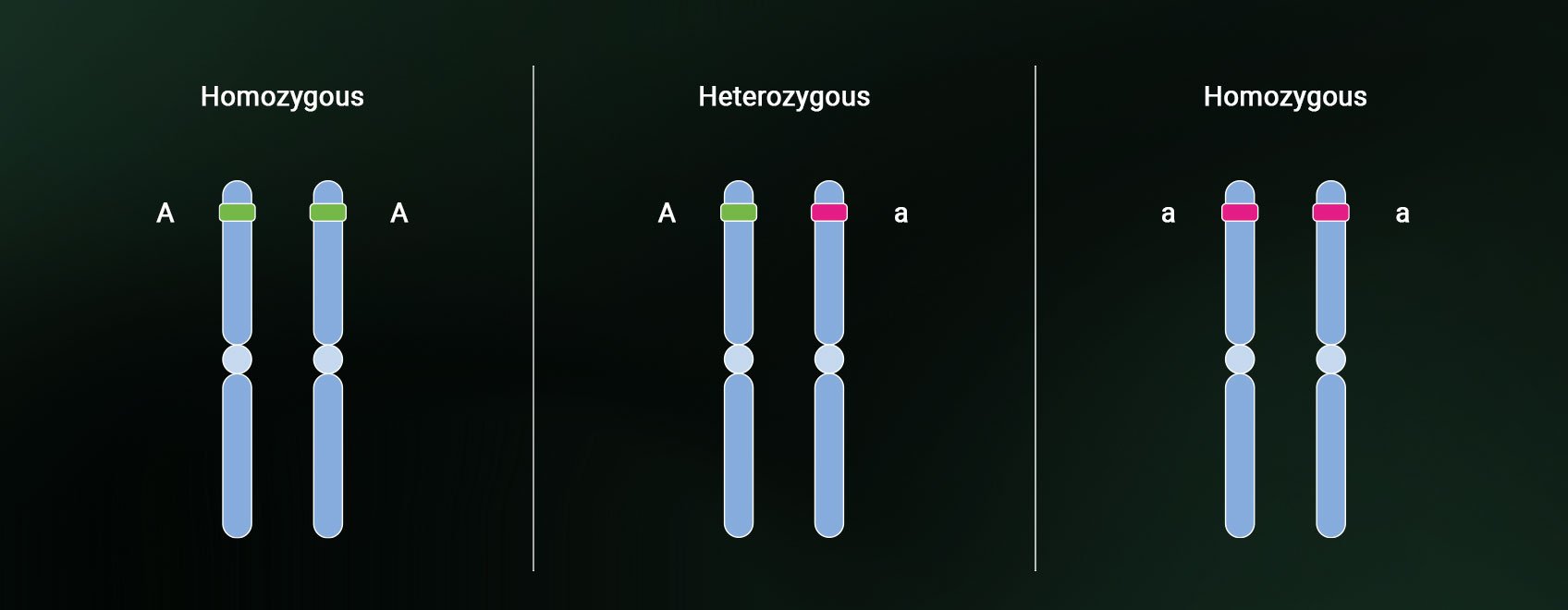
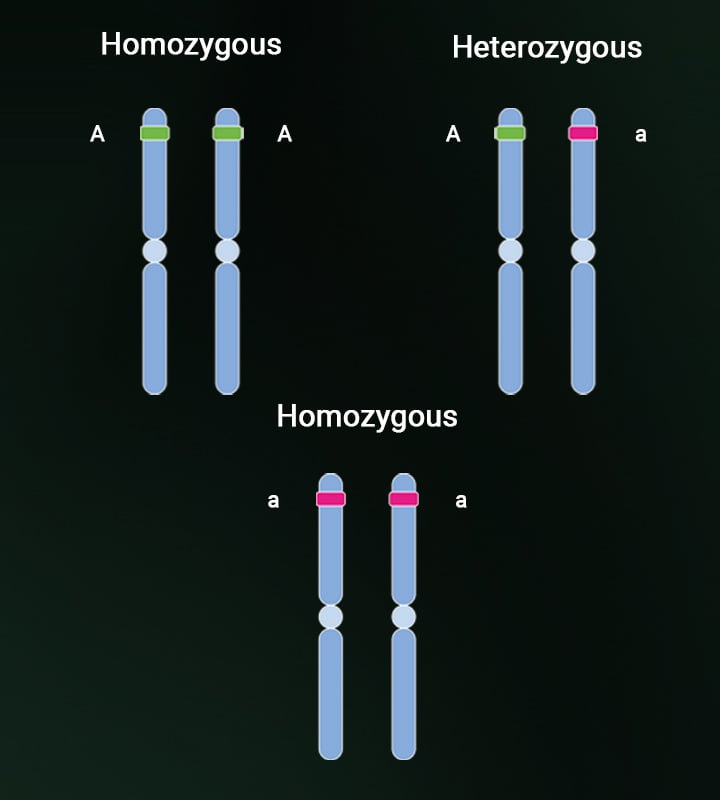
Homozygosity and heterozygosity are important concepts for understanding the genetic composition of IBLs and F1 hybrid seeds. Homozygosity refers to the condition in which an organism has two identical copies of a particular gene, one inherited from each parent. In contrast, heterozygosity refers to the condition in which an organism has two different copies of a particular gene, one from each parent. IBLs are created by self-pollinating plants to produce offspring that are highly homozygous for many traits. On the other hand, F1 hybrid seeds are produced by crossing two genetically distinct IBLs, resulting in offspring that are heterozygous for many traits.
Heterozygosity results in increased genetic diversity and thus greater vigour, which is why F1 hybrid seeds are used in agriculture.
For example, when crossing an IBL with green color and another IBL with purple color, the F1 hybrid will inherit two different copies of a gene, one for green (higher chlorophyll expression) and the other for purple (higher anthocyanin expression). Therefore, these plants will be heterozygous for this gene, which means they contain two different copies, one green and another purple.
Since the purple color is recessive, all F1 hybrid plants will show green color. When a heterozygous plant is self-pollinated, the resulting plants will be unstable because some will inherit two copies of green color (green plants), others will inherit one copy of each color (green plants), and others will inherit two copies of purple color (purple plants).
Inbreeding Depression and Hybrid Vigor (Heterosis)
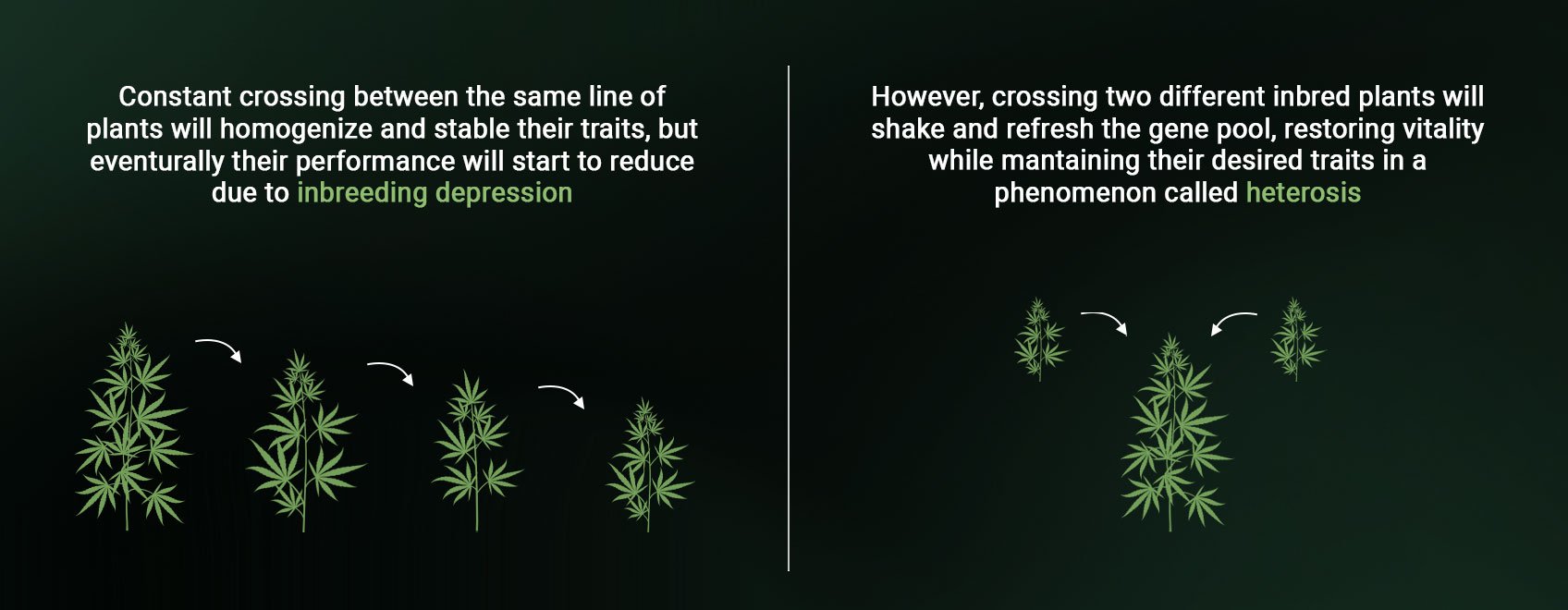
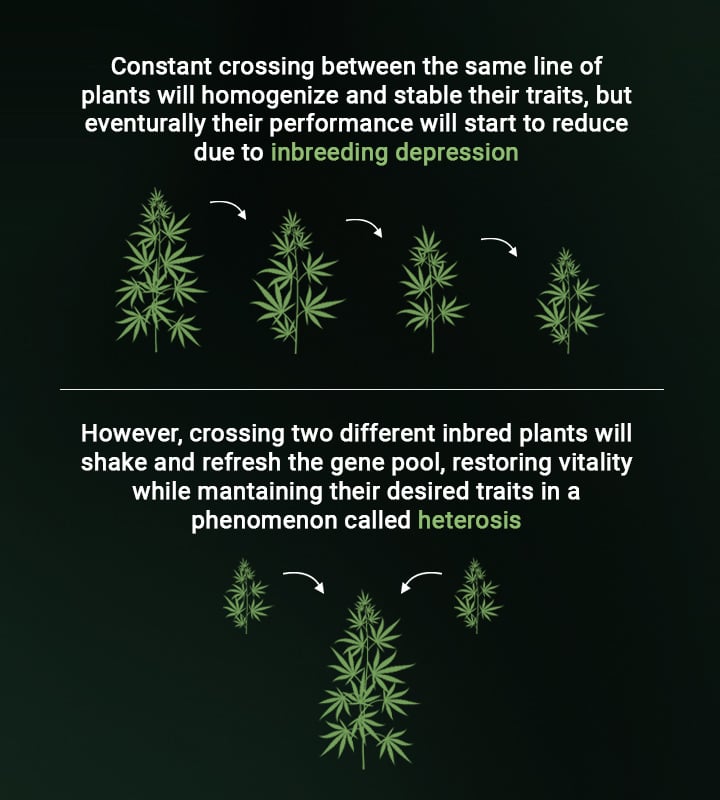
Although the process of inbreeding produces highly consistent and stable inbred lines, it eventually results in inbreeding depression. This phenomenon occurs because of the accumulation of deleterious genes, which can reduce crop vitality, performance, and resistance.
However, crossing plants from two different IBLs can reverse inbreeding depression and the progeny will show hybrid vigour (or heterosis). This phenomenon arises due to the combination of different gene copies from the parental lines, resulting in the masking of deleterious genes and enhancing desirable traits. Hybrid vigour makes the plants bigger, stronger, and more resistant.
How F1 Hybrid Seeds Are Created
The beginning of F1 hybrid breeding process starts with defining the ideotype, which means defining the characteristics that are intended to be obtained in the new variety. The breeding program comprises three main phases: parent selection, IBL development, and F1 hybrid testing.
Parent selection focuses on finding the starting genetics where the desired characteristics must be present; you can only optimize traits in the progeny that already exist in the parents. From here, breeders will spend most of the breeding process selecting and fixing the desired traits in the parent IBLs and subsequently in the F1 hybrids.
Ultimately, not all IBLs combine well with each other, so it is necessary to make numerous crosses between them to find the best combination and, therefore, the best F1 hybrid.
For example, a breeder might initiate a breeding program with the goal of obtaining a variety with high THC content and flower yield. For this purpose, they will collect commercial strains showing good potential for THC content and flower yield. When the program starts, the breeder will observe variations among the plants; some of them will produce higher THC content, and others lower THC content.
The breeder will selectively choose those plants with higher THC to obtain seeds for the next generation. This process is done for many generations until a uniform and stable IBL with high THC is obtained. At the same time, breeders do the same process with other starting materials to produce an IBL with a high flower yield.
Of course, many more characteristics will be considered, such as terpene, plant structure, or resistance to certain pests and diseases. However, this is an oversimplified example. Finally, when the breeder has developed some IBLs with the fixed traits of interest, the IBLs are crossed with each other to find a good F1 hybrid showing high THC and flower yield.
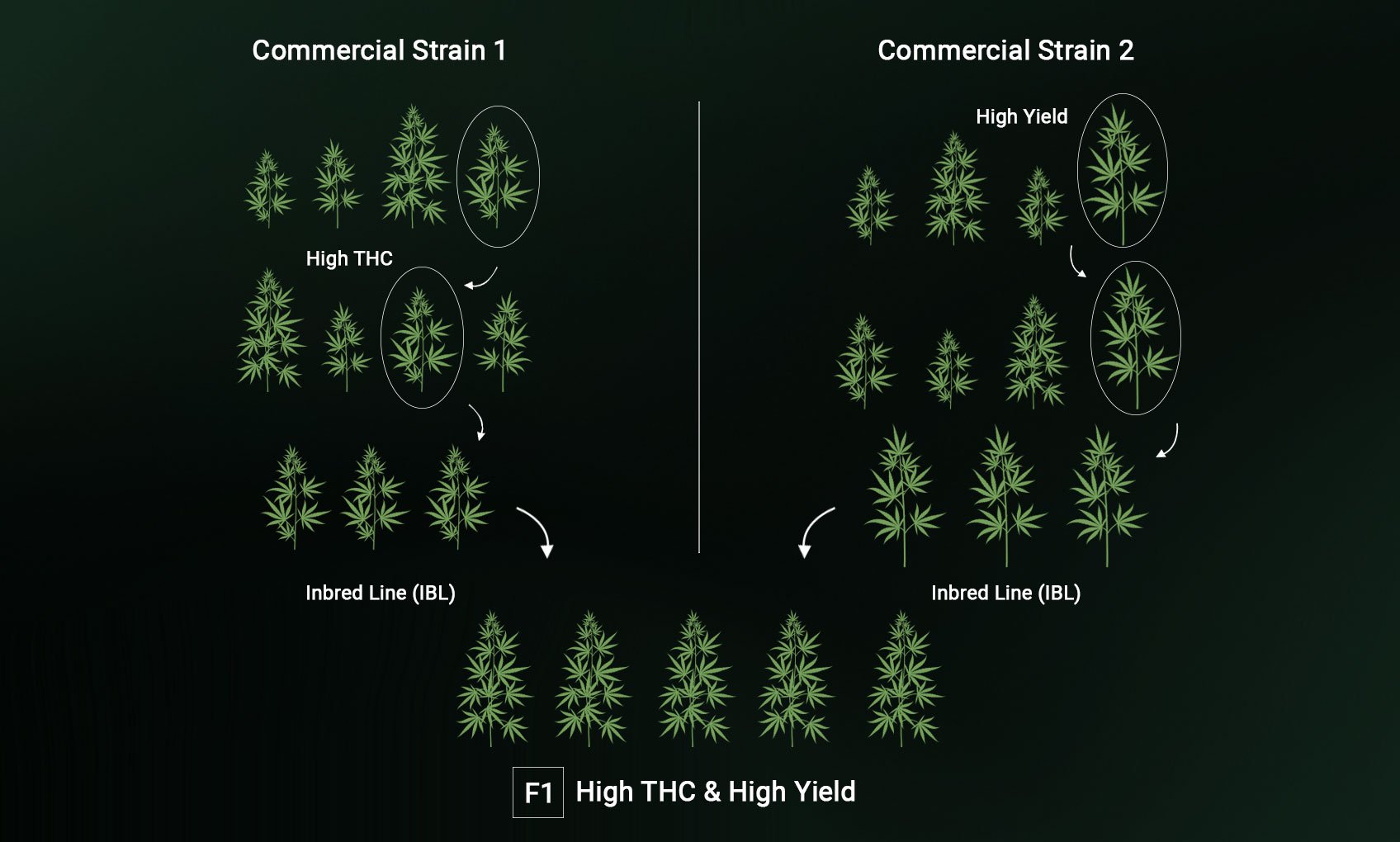
Where Are The Limits of F1 Hybrid Breeding?
F1 hybrid cannabis varieties are the most advanced genetics available to growers; nothing else rivals their potency, productivity, and uniformity. F1 Hybrid is the proven method for improving specific traits, including resistances, cannabinoids, terpenes, flowering periods, trichome densities, and other agronomic traits. However, there are limitations when creating these varieties.
Breeders won't be able to create a new F1 hybrid with characteristics that are biologically not possible, such as wacky colors that aren't currently found in cannabis, or outrageously high THC and terpene quantities that plants simply aren't capable of biosynthesizing.
Furthermore, while breeders can enhance the adaptability of cannabis plants to various environmental conditions, it should be noted that plants cannot thrive in conditions that fall outside of their natural range, such as extreme temperature or humidity.
F1 Hybrid Seeds vs Traditional Strains
If you are a cannabis grower who frequently visits online seed banks to procure seeds, you've probably come across the term "hybrid" before. You've likely also come across breeders who tag their strains as F1, F2, F3, and so on. While these strains are called "hybrids" or "F1", they are genetically much different than true F1 hybrids from Royal Queen Seeds. The main difference is based on the fact that none of them derive from the crossing of two inbred lines, but from unstable parents, which makes them cannabis strains.
F1 hybrid cannabis seeds guarantee superior performance and unparalleled uniformity with stable traits, ensuring that every seed you sow will develop into almost identical phenotypes that share the same size, structure, growth, and phytochemical profile. This is entirely expected since breeding F1 hybrids requires 4 to 5 years of professional breeding done by skilled and experienced scientists. Furthermore, F1 hybrid seeds benefit from hybrid vigour, giving rise to stronger plants since they are produced from inbred lines with a high degree of homozygosity.
In contrast, traditional strains tend to display a wider range of variation, sometimes being unpredictable. While it is true that plants grown from the same parents share a common genetic background, each individual phenotype is unique and may exhibit distinct characteristics. This is because the process of breeding traditional strains typically takes around 1 year, which is considerably short. Additionally, it is worth noting that traditional strains do not exhibit the same level of hybrid vigour as F1 hybrids, which can result in plants that are less robust and may be more susceptible to stress factors.
Check out the key differences between F1 hybrid cannabis seeds and traditional strains below:
Benefits of F1 Hybrids for Home Growers
Professional horticulturalists, farmers, and hobby vegetable growers have had access to F1 hybrid crops for decades. Next time you step into a supermarket, take a second to notice how uniform all of the tomatoes, carrots, watermelons, and squashes look. They’re all F1 hybrids! Why? Because it makes sense for growers to cultivate the most uniform, resistant, and productive plants possible.
Before the advent of F1 crops, growers had to settle for unstable and unproductive cultivars or genetically stable heirloom varieties that didn’t present valuable traits for growers.
✅ The Benefits of F1 Hybrids
Now, cannabis home growers can also benefit from the use of F1 hybrid seeds. For most growers, opting for F1 hybrid genetics is a no-brainer for many reasons.
One of the main benefits is that F1 hybrid seeds will give rise to uniform plants with stable traits. As a consequence of heterosis, F1 Hybrids show faster growth. Some varieties can be ready from the germination stage to the harvest point in only 60 days.
Moreover, F1 Hybrids show greater resistance to adverse environmental conditions and are better equipped to tolerate stress, making cultivation easier for growers. As proof of professional breeding work, F1 hybrids seeds will produce on average plants with a higher level of cannabinoids and greater flower yield compared to the traditional strains.
❎ The Downsides of F1 Hybrids
White F1 hybrid seeds are the preferred choice in the market; however, they do have several downsides. Many home growers prefer to sow and grow traditional strains as they offer greater variation, enabling them to pheno hunt and conserve the best phenotypes from their crop.
Moreover, growers can't save seeds from F1 hybrid plants as they simply don't grow true to type and will start to express high genetic variability in the F0.1 ozeneration.
F1 Hybrid Cannabis Seeds: The Final Frontier
Farmers and gardeners have used F1 hybrid genetics to obtain better harvests for years. The introduction of these genetics into the world of weed means growers now have a whole new set of varieties to choose from.
Add these seeds to your arsenal, grow them out, and see for yourself just how F1 hybrids compare to traditional strains.




























